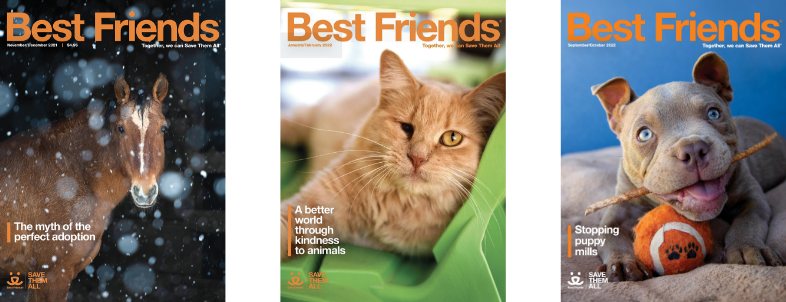Helping small animal shelters has a big impact
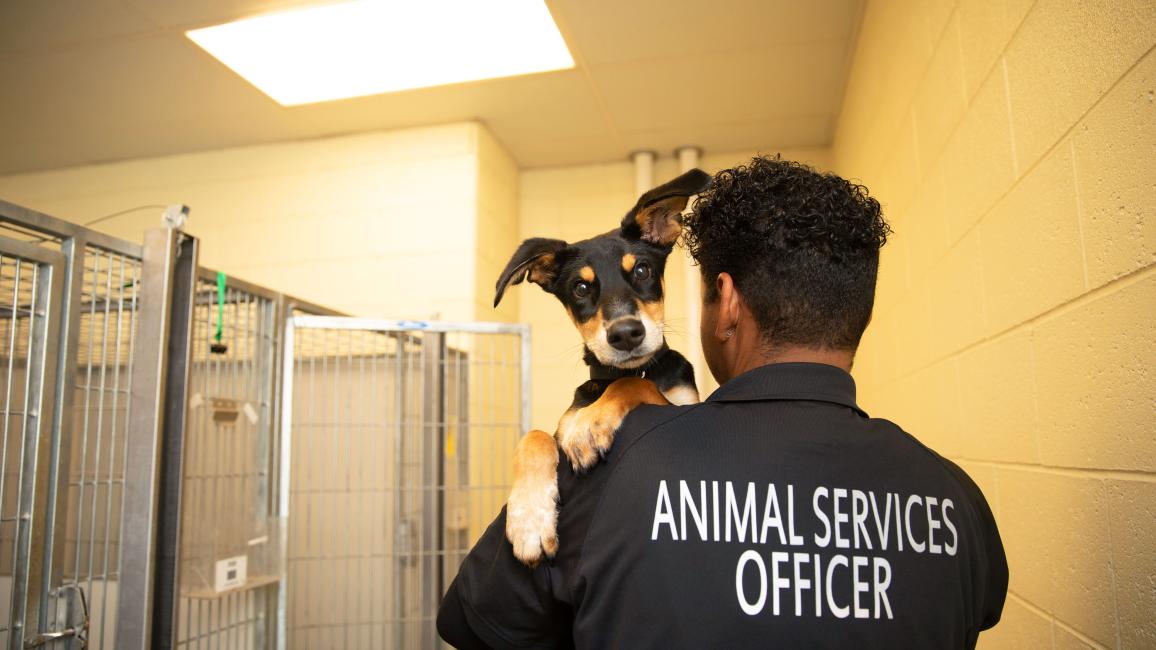
Last summer, attendees at the Best Friends National Conference watched as Chip Fitz, the director of Tangipahoa Parish Animal Services (TPAS) in Louisiana, quietly smiled and teared up during the closing moments of a video. The video wasn’t about one of the many wiggly, wonderful dogs adopted from the shelter that year or the dozens of cats helped through the new barn cats program. The video wasn’t even about animals, really.
It was about the power of relationships and how some of the smallest things that we do for and with one another can make the biggest difference — for people and pets alike. When the video stopped playing during that conference session, there wasn’t a dry eye in the room.
The partnership between TPAS and Brandywine Valley SPCA in Delaware featured in that video was one of the first of its kind, cultivated through Best Friends’ Prince and Paws Shelter Collaborative Program (named after the beloved pets of the program’s principal investor). After just one year of participation in the shelter collaborative program, TPAS went from saving just over 20% of the animals in its care to saving more than 80%. Today, the shelter is sustaining a 90% save rate for dogs and cats.
By leveraging the power of networking and peer mentoring, Best Friends is finding ways to engage more organizations throughout the country and save animals previously thought beyond our reach. Via the program, mentor no-kill shelters partner with smaller fellow shelters working toward the same no-kill goal. The mentor organization provides expert guidance and resources, including hands-on assistance from staff. Best Friends supports each match with funding, training, and any other resources that might be needed.
Since the shelter collaborative program’s launch in January 2021, 64 matches have been made among 109 organizations and more than 3,000 dogs and cats have been saved. “The Prince and Paws program is a major part of Best Friends’ efforts to get the country to no-kill by 2025,” explains Carrie Ducote, national director of the program for Best Friends. “We expect to have made 135 matches and saved 35,000 dogs and cats just through this program by then.”
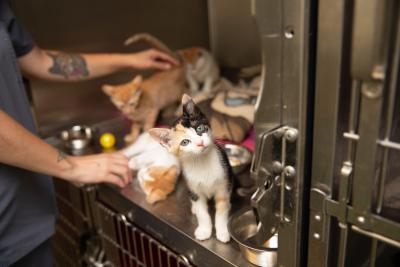
A lifesaving vibe in Louisiana
This past year, Louisiana was a hot spot for transformational change on behalf of pets in need. Both TPAS and Vernon Parish Animal Shelter (another fellow shelter, located on the opposite side of the state) received Best Friends Network Partner awards for the lifesaving progress they made through the shelter collaborative program.
With no on-site veterinarian and minimal resources, Vernon Parish Animal Shelter was taking in a little over 1,000 animals a year and saving just over 70% of them. After being paired with two mentor shelters — Acadiana Animal Aid and Lafayette Animal Shelter & Care Center — the Vernon shelter secured a veterinary contract, doubled its dog adoptions, and cultivated a new sense of trust and transparency with the community.
For March 2022, Vernon achieved an impressive 95.8% save rate after just three months in the shelter collaborative program. And it’s the first program fellow to sustain a save rate of 90% or higher for six consecutive months, earning the shelter a bonus grant.
[Grant Parish in Louisiana goes to the dogs]
“Two of the best parts of the program for us have been funding to get us on track with spay/neuter surgeries and vaccinations and help getting Dr. Amanda on board,” explains Brittany Cryer, the Vernon shelter director. Previously, the municipal structure of Vernon Parish had prevented the shelter from even contracting with a veterinarian. But after months of consistent communication and guidance from program mentors, a new contract was established with a local veterinarian, Dr. Amanda Brown.
“Vernon desperately needed a part-time veterinarian to make rounds, prescribe medications, and complete health certifications,” says Shelley Delahoussaye, shelter supervisor at mentor shelter Lafayette Animal Shelter & Care Center. “Without that, they were having to euthanize pets for treatable illnesses. So we asked a local veterinarian who agreed to help, they quickly created her contract, and now the shelter’s animals are getting the treatment they need. It was amazing.”
In fact, the success at the Vernon shelter and TPAS has been so amazing that they’re now having to dispose of expired bottles of euthanasia solution — the kind of “problem” that every shelter loves to have.
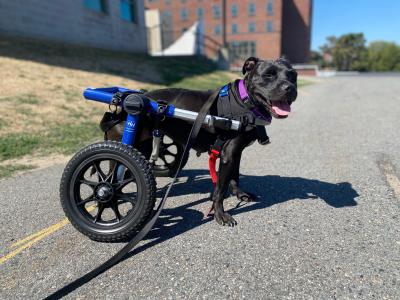
The human side to saving animal lives
Beyond the lifesaving success for participating shelters, there’s a special bond — part professional, part personal — that’s cultivated through the shelter collaborative program. “One surprising personal benefit has been the awesome friendship that has developed between us,” notes Brittany. “Nobody wants to euthanize animals ever. To be able to communicate freely about those hardships opens up your heart and soul. I called Shelley and Jeanine (Jeanine Foucher, executive director for Acadiana Animal Aid) just the other day to unload a bit and talk to people who have been in that exact same position and understand what we’re going through.”
Jeanine agrees. “My favorite thing about this partnership is the true sense of collaboration,” she says. “I loved getting to know Brittany … and also deepening my relationship with Shelley. This program provided an opportunity for comprehensive learning and creative problem-solving by a group of minds, and I love that.”
[Community conversations help cats in a Louisiana parish]
That same sense of collaboration and trust runs deep between TPAS and its mentor shelter, Brandywine Valley SPCA. “I got to meet Chip Fitz and his amazing staff,” says David Owens, the program mentor who traveled from Delaware to Louisiana to provide hands-on support. “The goal was to increase lifesaving and put successful programs in place, and I definitely see the future for Tangipahoa on the up.”
“When David said ‘Trust me,’ what I heard was ‘Come on, let’s go.’ And that’s what we did,” recalls Chip. “There’s a human side to this. When you see your employees laughing at work and glad to be here and willing to put in extra time, that’s everything.”
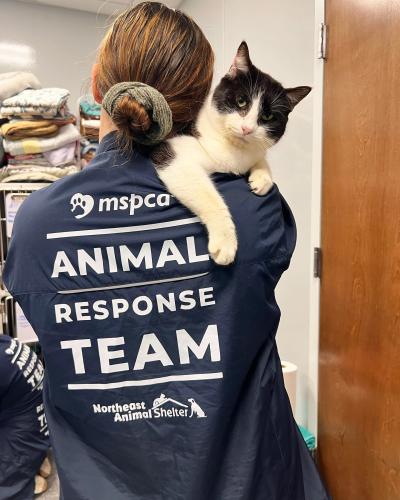
This article was originally published in the May/June 2023 issue of Best Friends magazine. Want more good news? Become a member and get stories like this six times a year.
Help pets where you live
Whether you foster, adopt, or volunteer, there are many ways to help pets in your community.
Read more
Animal shelters work smarter to save more lives
